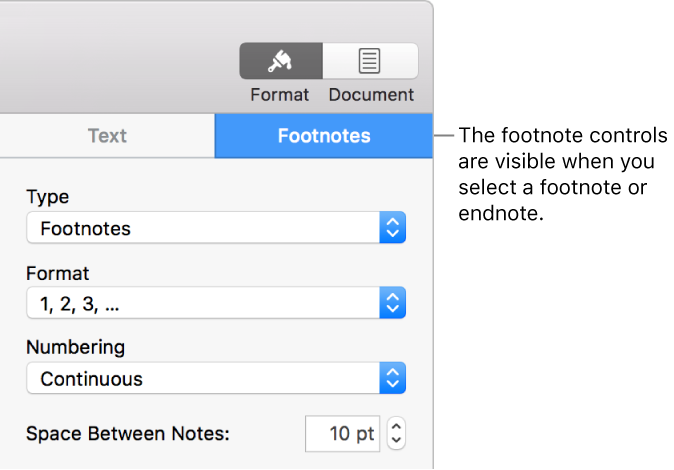Alternatively, you can choose a shortcut that works for you - I find it faster to work with if switching between programs and switching within programs are close together on my keyboard (tab and ~ are on top of each other), as I work a lot with file editing 🙂 and need to recheck information in different programs.
Note The keyboard shortcuts described here refer to the United States keyboard layout. Keys on other keyboard layouts might not correspond exactly to the keys on a US keyboard. Important Several areas in the user interface (UI) have auto-collapse built in for menus. This includes the Navigation Bar and Form Navigation. Both expand when selected, but after 30 seconds of inactivity, the items collapse. Navigating through stages of a process If you’re in a record—for example, a lead—this section shows you the keyboard shortcuts to navigate through the different stages in the sales process to qualify the lead, and how to make selections in those stages. For example, if you want to move easily from the Qualify stage through to the Close stage, try these keyboard actions: • After you select a stage, get to the fields by selecting the Down (↓) arrow.
• If a stage is collapsed, select Enter to expand it.
You can open as many Word documents at a time as you like. (Issue the File, Open command or click the Open toolbar button in any Word window to open additional documents.) In general, however, it's best to use a little restraint. The more documents you have open, the more slowly your computer runs.
When you have more than one Word document open, you can switch among them by using the techniques described in the next three sections. Taskbar Buttons By default, each document that you open appears in its own Word window, with its own button on the taskbar at the bottom of your screen. The simplest way to switch from one to another is to click their taskbar buttons.
In, three Word windows are open. The active Word window is maximized, so the other Word windows are hidden behind it. Click the taskbar button of an open document to switch to it.
Free photo editor for mac el capitan. Fotor Photo Editor for Mac is also amongst the list of best free photo editing software for MAC. It can be used to edit photos on MAC, create collage, and perform batch actions. It can be used to edit photos on MAC, create collage, and perform batch actions. Avidemux is a leading free video editing software for Mac OS X El Capitan. It is an open source software with a range of features that allow you to carry out simple video editing tasks with ease and with speed. 10 Best Mac Photo Editor apps for Mac OS X 10.11 El Capitan Apps / MacOS Sierra; 14 Mar, 2016. If you are looking for the best Free Photo editor for mac then Gimp for mac is the best app for you. I use a OS X El Capitan. Photo editing is not my profession, I make jewelry, and I have a website which is were I use the editing tool.
TIP The keyboard shortcut for switching among open Word documents is Ctrl+F6. Each time you press Ctrl+F6, Word brings another open document to the top. Depending on your display settings and the number of Word documents you have open, Windows may decide that you don't have enough room to display a separate taskbar button for each document. When this happens, it displays only one Word taskbar button that contains a number indicating the number of open documents.
When you click the button, a list of all of the open documents pops up. To switch to one of the documents, simply click it in the list.
If you have several Word documents open at once, you may have difficulty telling which document is which because the taskbar buttons are so small that the document names have to be truncated. You can always point to a button to display the entire filename in a ScreenTip.
If you prefer, you can also display all of your open documents in one Word window, which means you will see only one Word taskbar button that lists the name of the currently active document. To do this, follow these steps: • Choose Tools, Options. • In the Options dialog box, click the View tab. • Clear the Windows in Taskbar check box, and click OK. If you take these steps and are now displaying all of your documents in one Word window, you need to use the Window menu method described in the next section to switch among them. TIP If you don't see your taskbar, either someone dragged it out of view, or it has been set to hide when a window is active. To bring it into view, rest your mouse pointer on the edge of the desktop where it normally appears.
If it was set to hide automatically, it will pop up right away. If it doesn't, drag toward the middle of your screen when you see a double-headed black arrow.

If your taskbar was set to auto hide and you want it to be visible all of the time, right-click the Start button and choose Properties. In the Taskbar and Start Menu Properties dialog box, click the Taskbar tab, clear the Auto-hide the Taskbar check box, and click OK. Window Menu You can also switch among open documents by using the Window menu in any Word window.